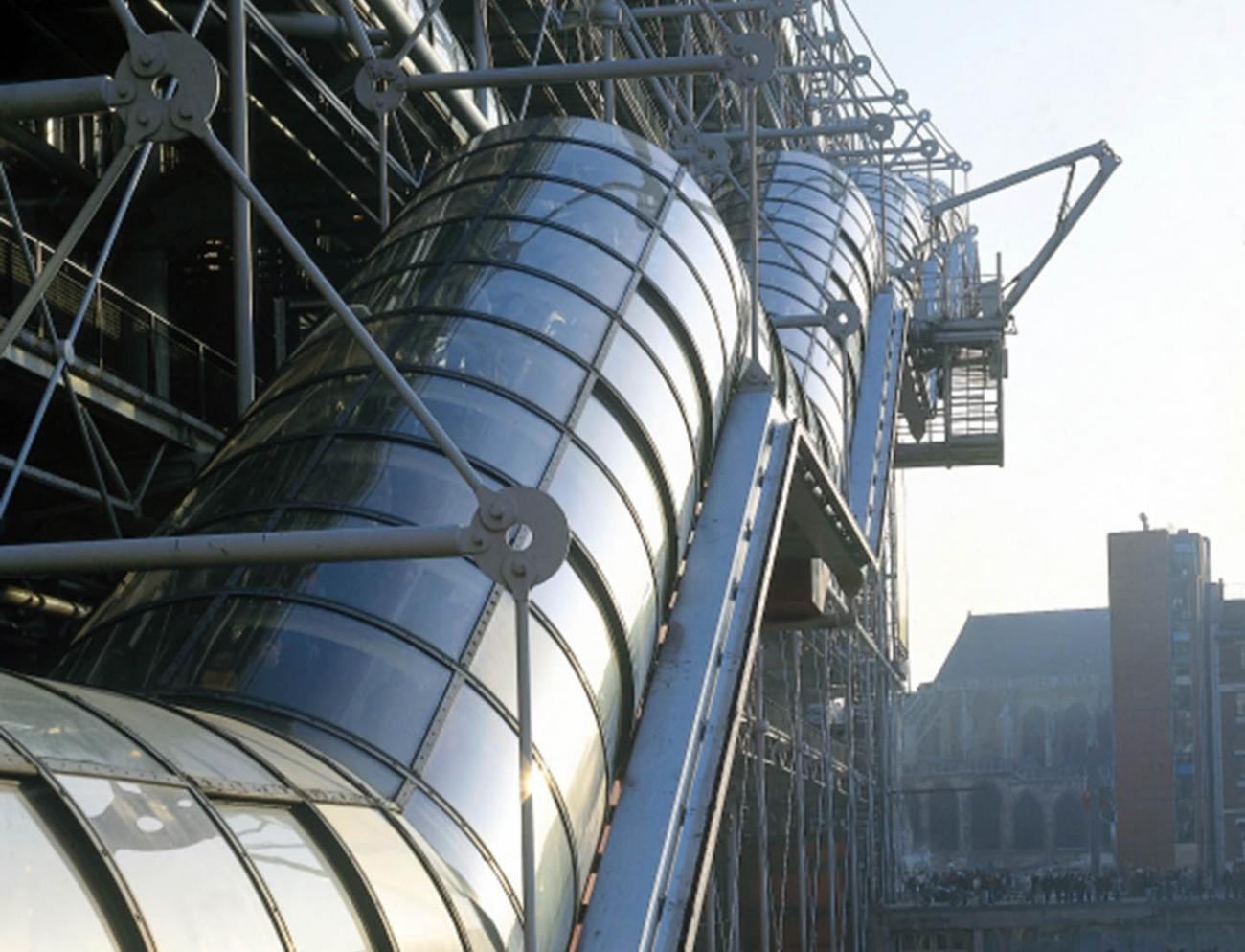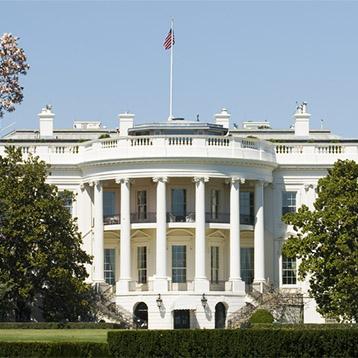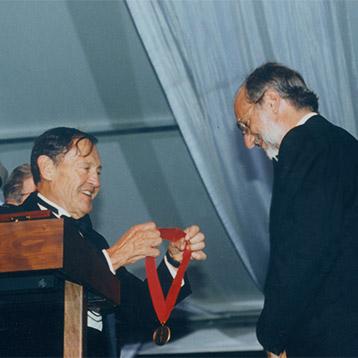Renzo Piano's architecture reflects that rare melding of art, architecture, and engineering in a truly remarkable synthesis, making his intellectual curiosity and problem-solving techniques as broad and far ranging as those earlier masters of his native land, Leonardo da Vinci and Michelangelo. While his work embraces the most current technology of this era, his roots are clearly in the classic Italian philosophy and tradition. Equally at ease with historical antecedents, as well as the latest technology, he is also intensely concerned with issues of habitability and sustainable architecture in a constantly changing world.
The array of buildings by Renzo Piano is staggering in scope and comprehensive in the diversity of scale, material and form. He is truly an architect whose sensibilities represent the widest range of this and earlier centuries-informed by the modern masters that preceded him, reaching back even to the fifteenth century of Brunelleschi-he has remained true to the concept that the architect must maintain command over the building process from design to built work. Valuing craftsmanship, not just of the hand, but also of the computer, Piano has great sensitivity for his materials, whether using glass, metal, masonry or wood. Such concepts, values and sensitivities are not surprising for someone whose father, uncles and grandfather were all builders.
By choosing a career as an architect rather than contractor, he may have broken with a family tradition in one sense, but in fact, he has enhanced that tradition in ways his forebears could only have imagined.
Always restless and inventive, Piano has, over three decades of his career, relentlessly searched for new dimensions in his structures, both literally and figuratively. His early Pompidou Centre in Paris, which brought the first international recognition of his talent and promise, could have been a stylistic end in itself. Instead Piano persevered with unrelenting experimentation that resulted in subsequent works that included the Houston Menil Museum along with its exquisite Cy Twombly addition, and the more recent Beyeler Museum in Switzerland. These three museums show his unerring sensitivity for site, context and a remarkable mastery of form, shape and space.
Piano proved himself a master of the gigantic project with Kansai, the world's largest air terminal in Osaka Bay, Japan, and again with the imposing Bercy Shopping Center in Paris, as well as a massive and beautiful National Science Museum in Amsterdam. His soccer stadium in Bari, Italy is like no other in the world, with its great swaths of blue sky interrupting the usual monotony of stadia seating.
His versatility is displayed further in such projects as the beautiful sweep of a nearly one thousand foot long bridge that curves across Ushibuka Bay in Southern Japan; again with the design of a 70,000-ton luxury ocean liner; an automobile; and with his own hillside-hugging transparent workshop. All of his works confirm his place in the annals of architecture history, and the future holds even greater promise.
The Pritzker Architecture Prize applauds Renzo Piano's work in redefining modern and post-modern architecture. His interventions, contributions, and continued explorations to solve contemporary problems in a technological age, add to the definition of the art of architecture.


























